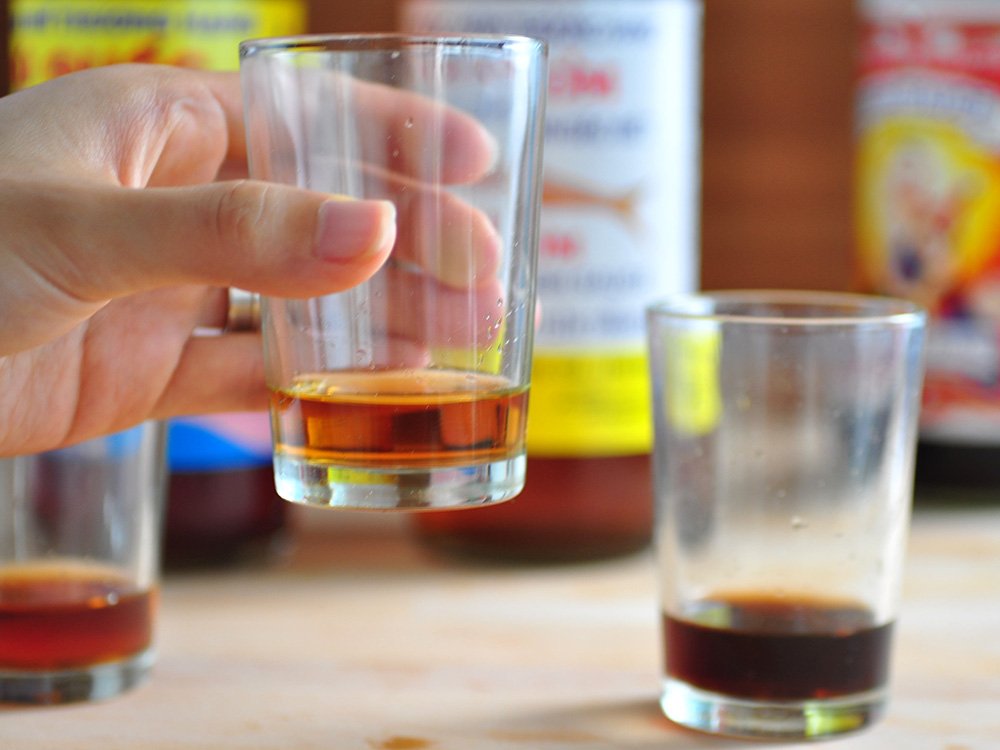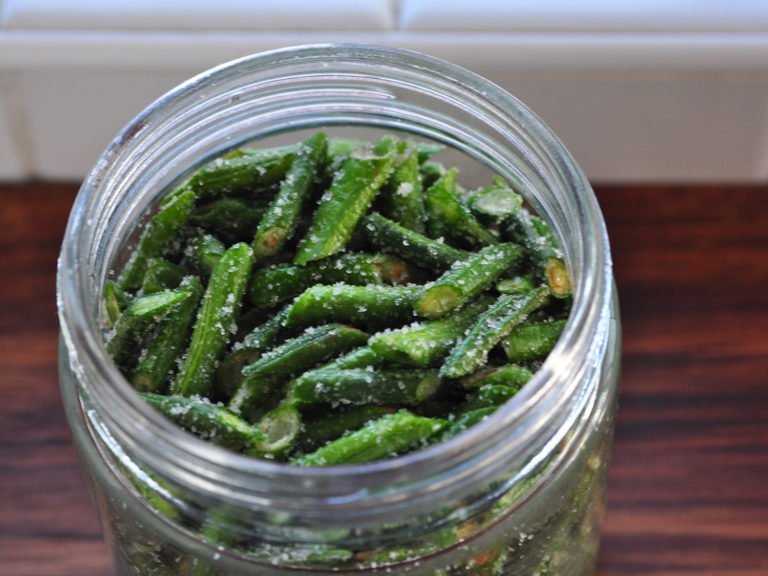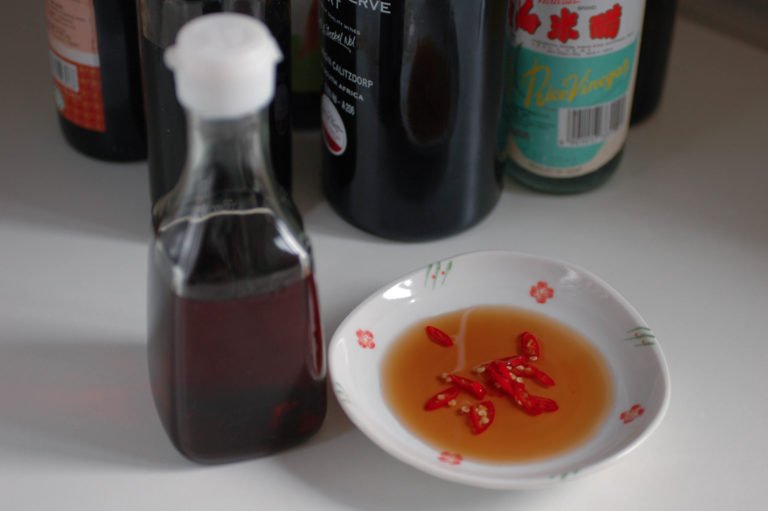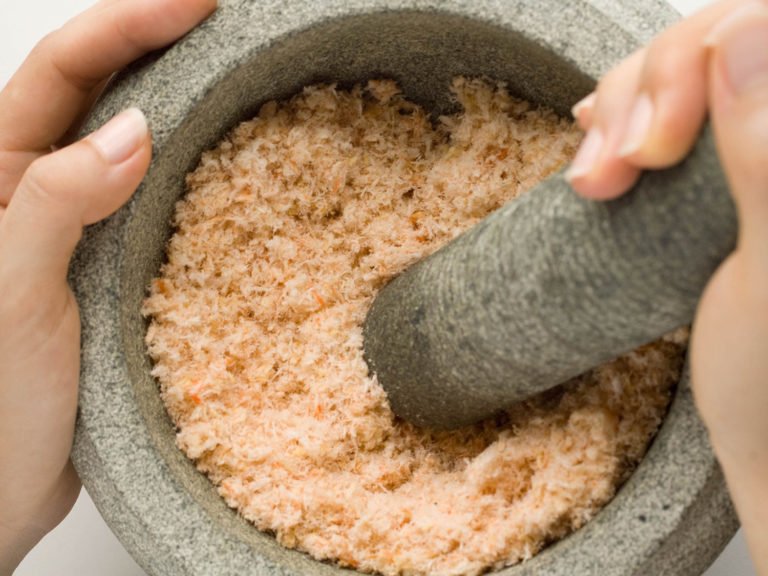
![]()
For many years I was limited to one or two brand of fish sauce from an Asian supermarket. With very little choice, I used the familiar green and white brand featuring a squid. Now there seem to be more brands on the market albeit depending on where you live.
Similar to many Asian cuisines, fish sauce is an essential flavouring and seasoning ingredient in Burmese cooking. My cousins often commented that fish sauce outside Burma never taste the same. I put this to the test when I was back in Burma and was surprised that indeed this was true. I noted that the Burmese fish sauce was a lot darker in colour and did not have added sugar compared to Thai. It was relatively mild in taste and it did not over power the dish with a fishy smell.
Since then I have been looking at different types of fish sauce trying to find one that closely match the Burmese version. As other Asian cuisines are becoming popular, it is now possible to find fish sauce from Vietnam, Philippines and China. So how do these compare?
While I was doing a bit of research on the different types of fish sauce, I found an interesting post Fish Sauce Taste Off where Christopher Tan tastes some of the many available in Singapore and this is what he said for the Burmese version:
“Very interesting – earthy, mushroomy notes in its aroma, and a murky cola colour, but the taste, though salty, was quite mild, with some of the funky, leaf-mould nuances that you taste in some Burmese dishes. Would work well in braised dishes containing mushrooms, or in clay-pot rice, I’d wager.”

My aunties told me once that my grandmother made her own fish sauce, not trusting the ones bought from the stores to be of good quality or clean. Perhaps I have inherited her determination to acquire good fish sauce though following her footstep to make my own is not feasible right now.
Stuck with shop-bought, I am interested to know where my fish sauce comes from: how it is made, what fish is used and how the fish is caught. This kind of information is currently unattainable but I hope it will change as we start to question where our food comes from.
For now, it is worth checking the ingredients list on the label to make sure at least the fish sauce does not contain any natural or artificial flavouring, colouring or msg. Even then you cannot entirely rely on labelling so here’s some sound advice from author and cook, Kasma Loha-unchit:
“…look for fish sauce with a clear, reddish brown colour, like the colour of good whisky or sherry, without any sediments. If the color is a dark or muddy brown, the sauce is likely to be either a lower grade, or one that is not properly or naturally fermented; it may also have been sitting on the shelf a bit too long. Good fish sauce also has a pleasant aroma of the sea, not an overwhelming smelly fishiness, and should not be overly salty. If the bottle you have been using makes the dishes you cook taste too fishy, try a new brand.”
After tasting three types of fish sauce today, I’m sticking with Golden Boy for now which Kasma lists as one of her favourite, until I find something closer to the Burmese fish sauce.





A very interesting article. We also thought at first they are almost the same. Should do more research. btw, the heading shouldn’t be ngapi yea…..it should be ngan-pyar yea. ngapi yea is the boiled gravy from Burmese fish paste ngapi.
Hi Nyane
Thanks, you’re right about the title. Have updated it now… My Burmese is rather rusty!
– Cho
Cho —
I found you by way of a Google search for Fish Sauce. You may be interested in the results of a taste test we did over at Our Daily Brine recently. We tasted 13 different brands, including Golden Boy. Results are here: http://ourdailybrine.com/fish-sauce-taste-test/
Looking forward to reading through your blog.
Thanks Kyle for the link. I’m really interested in tasting the Red Boat and BLIS! Have not come across these brands in Australia yet.